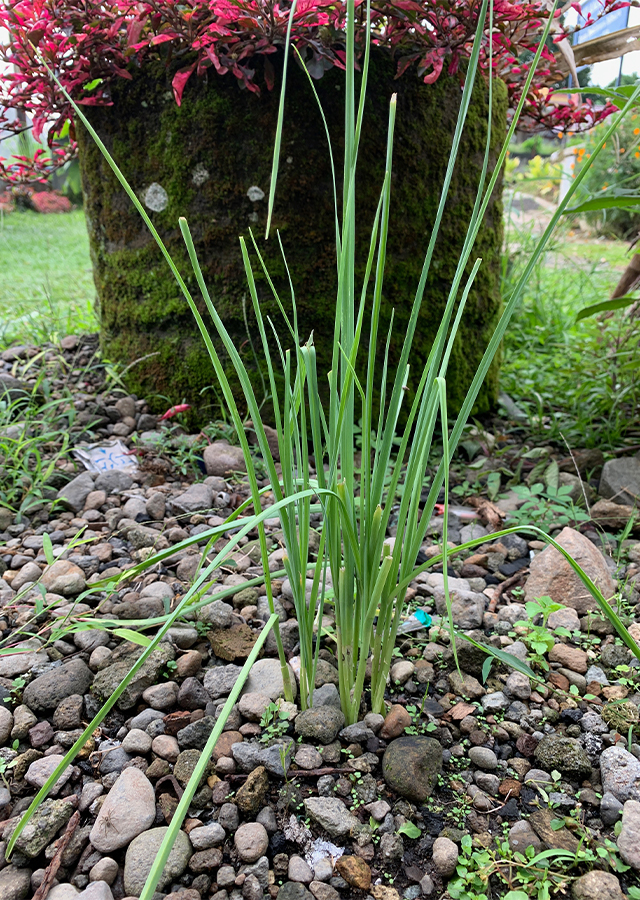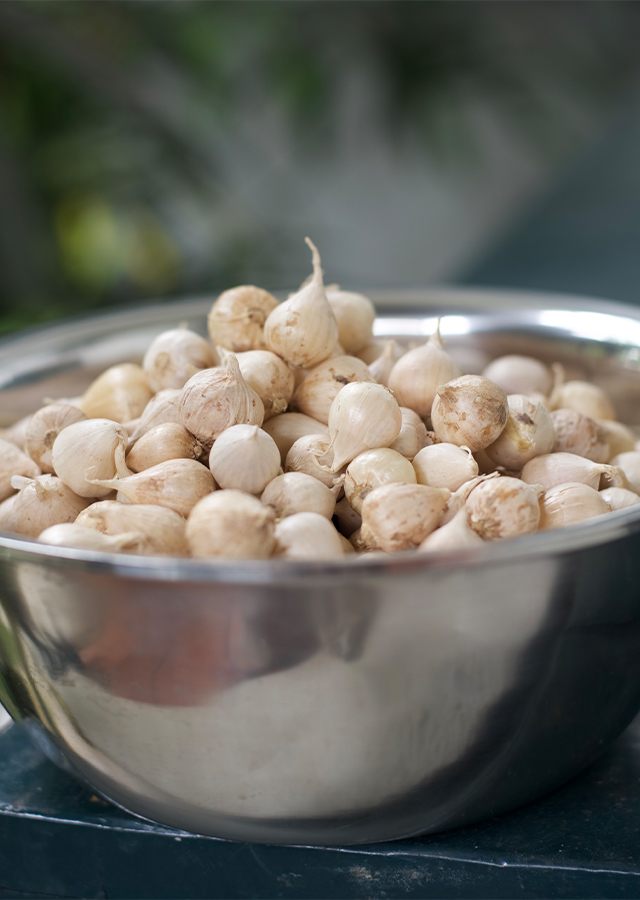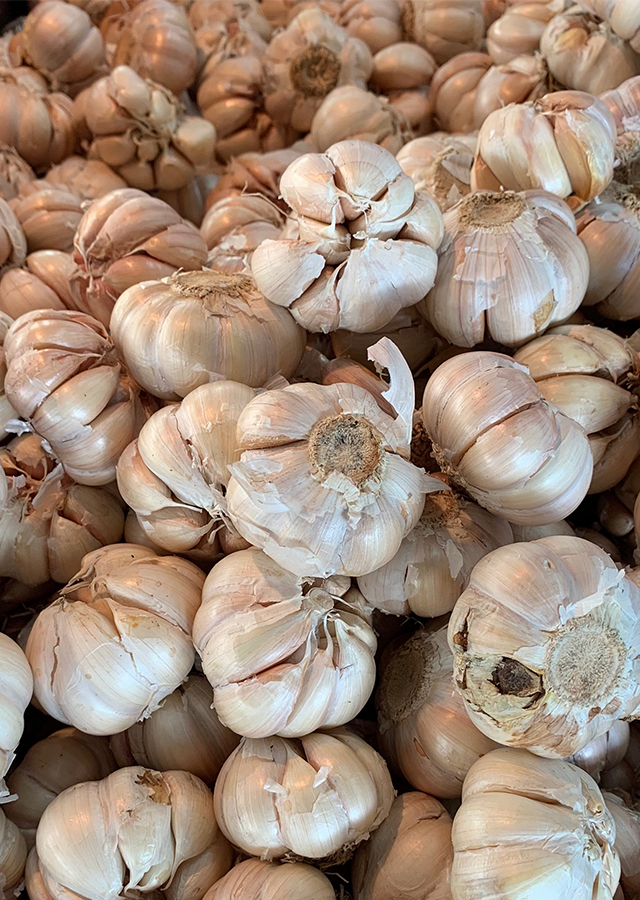Traditional Herbs from Allium sativum
reduces_high_blood_pressure
- Finely slice 1 clove of garlic and 16 celery stalks then mix, squeeze, add 100 ml of water. Strain.
- Drink for 3 days in the morning after eating.
reduce_headache_on_migraine
- Grind 1 clove of garlic. Boil with 1 pinch of gotu kola and 1 glass of water until boil for 10-15 minutes using low heat.
- Drink 3 x \u2153 glasses per day.
reduce_fat_accumulation
- Peel 1 clove of garlic.
- Consume 2 times a day.
treat_ringworm" :["Cut 1 clove of garlic into 2 parts.
What is Allium sativum Looks like??



Parts of Allium sativum that could be used
- Leaves
- Tubers
Allium sativum Distribution
Originating from Central Asia, including China and Japan, which have a subtropical climate. Spread throughout Asia, Europe and then throughout the world. In Indonesia, garlic was brought by Chinese and Arab traders. Since ancient times, people in Asia, Africa, Europe and the Mediterranean Sea have used it as a cooking spice and this plant is known to have properties for treating various diseases.Agroecology of Allium sativum
It grows optimally at an altitude of 600-1,200 m above sea level with an air temperature of 15-20 °C. Likes light, loose soil (sand or clay), porous, with a soil pH ranging from 6.5-7.5.
Morphology of Allium sativum
- Roots are fibrous and not long.
- Tubers are layered, compound, almost round in shape, consisting of 8-20 cloves, covered by 3-5 thin, paper-like membranes, slightly white.
- Pseudo stem, small (corpus) .
- The flat leaves are flat, slightly folded inward, the base of the midrib forms a bulb, the upper midrib forms a pseudostem.
- Compound flowers are simple umbrellas, appear on each bulb, have 1-3 protective leaves like membrane.
Cultivation of Allium sativum
- Reproduces asexually, namely tuber layers (buds grow between the layers of the tuber).
- The right planting time is May-July.
Allium sativum, more details :
Chemical Content of Allium sativumEssential oils, scordinin, salvitine, organosulfur compounds (diallyl thiosulfonate (allicin), diallyl sulfide (DAS), diallyl disulfide (DADS), diallyl trisulfide (DATS), E/Z-ajoene, S-allyl-cysteine ??(SAC), S -allyl-cysteine ??sulfoxide (alliin), saponins, phenolic compounds.
Benefits of Allium sativum
Maintains stamina, prevents heart disease, lowers high blood pressure, treats migraines, treats bronchitis, sore throat, gum infections, digestive disorders, canker sores, boils, ringworm, hemorrhoids, ISPA, colds, reduces fat accumulation. Has anticancer and antibiotic activity.
Simplisia of Allium sativum
Information not yet available.
Another Facts for Allium sativum :
Synonym of Allium sativumAllium arenarium Sadler ex Rchb., Allium controversum Schrad. ex Willd., Allium longicuspis Regel�
Habitus of Allium sativum
Herb. Annual erect herb, reaching 30-60 cm in height
Habitat of Allium sativum
- Mainland
No comments:
Post a Comment